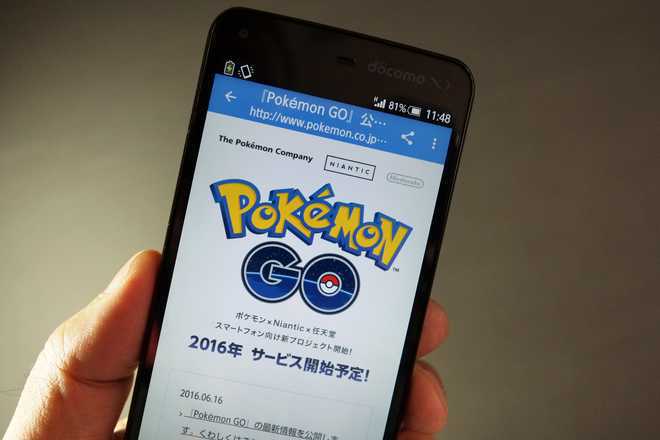New York
Playing the augmented reality smartphone game Pokemon Go may help students build stronger communication skills in classrooms, a new study claims.
Researchers from Iowa State University in the US focused on giving students equitable access to technology and help them build multimodal communication skills.
That meant not only using technology to consume information or replace traditional classroom tools, but experimenting with new forms of communication.
Engaging students through Pokemon Go, a game many are already playing outside the classroom, also generates interest and connects students to their work, according the researchers.
“It is important to give students authentic choices that really have meaning in their lives. We need to encourage them to develop questions, research the answers and then share that information in writing,” they said.
Pokemon Go, like many video games, provides players with limited information or what researchers describe as “just in time learning.” As a result, players have questions about how to use certain tools or advance to the next level.
While playing the game with her own children, assistant professor Emily Howell from Iowa State University saw that it could help students with writing and research.
Pokemon Go incorporates different modes of communication — gestures, visuals and directions — which makes it a good fit for the classroom, she said.
Players see the character on their phone, the character is integrated into a map and the player controls catching the character.
Pokemon Go illustrates the need to understand multimodal text, which reflects how we communicate with others, she said.
“We do not just send a text or email, we have a live chat or video conferences. Anytime teachers can find something that students are already doing, and comes in multimodal form, they can harness that interest and teach students about the tool’s potential,” Howell said.
“It is not just giving students the technology and letting them play, it is really guiding that interaction so they can express meaning,” Howell said.
The study was published in the journal The Reading Teacher.
Breaking News
 Raja Warring to contest againt BJP’s Ravneet Bitu from Ludhiana
Raja Warring to contest againt BJP’s Ravneet Bitu from Ludhiana Student protests over Israel-Hamas war roil US campuses ahead of graduations
Student protests over Israel-Hamas war roil US campuses ahead of graduations Russian ex-spy mastered art of ‘sexpionage’ feels being ‘brainwashed’
Russian ex-spy mastered art of ‘sexpionage’ feels being ‘brainwashed’ Uber Cup badminton: India’s young women’s squad beats Canada 4-1
Uber Cup badminton: India’s young women’s squad beats Canada 4-1 Nominees take digital route to strike rapport with voters
Nominees take digital route to strike rapport with voters Indian man jailed in UK for 16 years for attempted murder of ex-girlfriend
Indian man jailed in UK for 16 years for attempted murder of ex-girlfriend 3 Indo-US women killed in US as overspeeding SUV goes airborne, crashes into trees
3 Indo-US women killed in US as overspeeding SUV goes airborne, crashes into trees Indians Immigrate To Canada In Record Numbers
Indians Immigrate To Canada In Record Numbers Punjab CM mocks ‘voiceless’ Sunny Deol, kickstarts Kalsi’s campaign in Gurdaspur
Punjab CM mocks ‘voiceless’ Sunny Deol, kickstarts Kalsi’s campaign in Gurdaspur First Sikh court opens in UK to deal with family disputes
First Sikh court opens in UK to deal with family disputes Diaspora celebrates Himachali culture at California event
Diaspora celebrates Himachali culture at California event 42-year-old Indian, wanted for assault, shot dead by US police
42-year-old Indian, wanted for assault, shot dead by US police



































